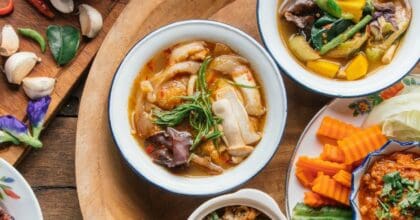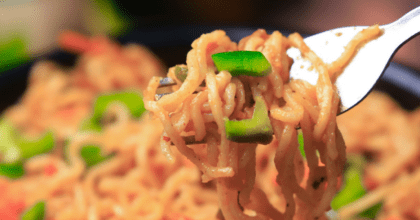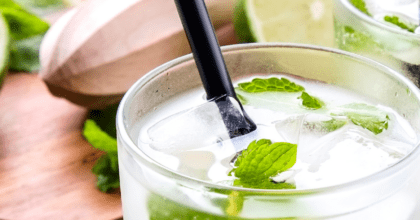Carbonated soft drinks – Chinese consumers embrace no additives preservatives trend – but manufacturers slow to respond
Examining consumer behaviour in China, Mintel finds that while consumers in China are ready to switch to healthier alternatives of carbonated soft drinks, brands have yet to offer the product options to fulfill this demand. This is despite seven out of ten consumers (72%) trying to avoid drinks with artificial ingredients and 75% wanting to buy drinks with natural ingredients, highlighting an unmet need which could be satisfied by manufacturers.
Indeed in 2011, 1.8% of new launches of carbonated soft drinks carried a no additives or preservatives claim – only up slightly from the 1.5% launched in 2006. This is in stark contrast to the UK and US markets where manufacturers have embraced consumer demand and followed swiftly with NPD. Indeed, in the US, some 16% of new carbonated drink launches carried a no additives or preservatives claim (up from 12.5% in 2006) – and in the UK a massive 37% of new carbonated drink launches carried this claim – up from 14% in 2006.
Despite this, Chinese consumers are increasingly becoming health conscious. Half (50%) of consumers consider carbonated soft drinks as just a treat, with a high proportion of carbonated soft drinks consumers (67%) expressing the desire to purchase diet or low-calorie drinks and 75% looking to buy drinks with natural ingredients. The current lack of launches with natural or diet or low-calorie claims provides the opportunity for natural carbonated soft drinks to fill in the gap in the market.
Tan Heng Hong, Senior Research Analyst at Mintel, said:
“With obesity on the rise in China, consumers are increasingly trying to adopt a healthier lifestyle such as minimising the intake of artificial ingredients and exercising more. Companies have tapped the health trend with diet carbonated soft drinks, but increasingly, the trend has shifted towards natural products globally and this has opened new opportunities for companies to meet the demand for all-natural products.”
“The prospect for newcomers or existing smaller players to succeed in the marketplace can be quite a challenge. Despite the tough market environment, Chinese consumers have proved to be adventurous in taste and packaging and this provides two key areas of future growth. The current lack of launches with natural or diet/low-calorie claims provide the case for natural carbonated soft drinks to fill in the gap in the market. Increasing the appeal of carbonated soft drinks in different occasions through smaller pack sizes, food matching and beverage mixing has the potential to drive volume growth going forward.”Tan Heng Hong continues.
Overall, China’s carbonated soft drink market has seen low double digit growth (up 10.2% from 2006-10) which is significantly faster than other global markets such as the US and UK (-1.5% and -1% respectively). While as many as 96% of Chinese consumers drink carbonated soft drinks, frequency of consumption remains lower than other drinks such as mineral water and other beverages which are seen to have less sugar than carbonated soft drinks. However, on a per capita basis, the consumption of carbonated soft drinks in China is still low at an estimated 10.34 litres per person in 2011 compared to an estimated 168 litres per person in the US and 57 litres per person in the UK, indicating the potential for growth in the marketplace.
Future opportunities lie with the significant potential for increasing sales of single-serve packaging. Indeed, the ‘on-the-go’ consumption occasion is increasingly important due to the rapid growth of urban convenience stores. Smaller packages can also increase appeal amongst the growing office snacking culture. Today, most consumers in China (75%) drink carbonated soft drinks during mid-afternoon, and nearly half (52%) of consumers drink carbonated soft drinks at work.
“Besides flavour innovation and natural carbonated soft drinks, the potential of single-serve package has not been fully exploited. Due to their small size, mini packs, if marketed creatively, can be a useful tool to drive sales.”concludes Tan Heng Hong.
-
Mintel StoreGet smart fast with our exclusive market research reports, delivering the latest data, innovation, trends and strategic recommendations....View reports
-
Mintel LeapMintel Leap is a revolutionary new AI-powered platform that will transform your research process....Book a demo







































